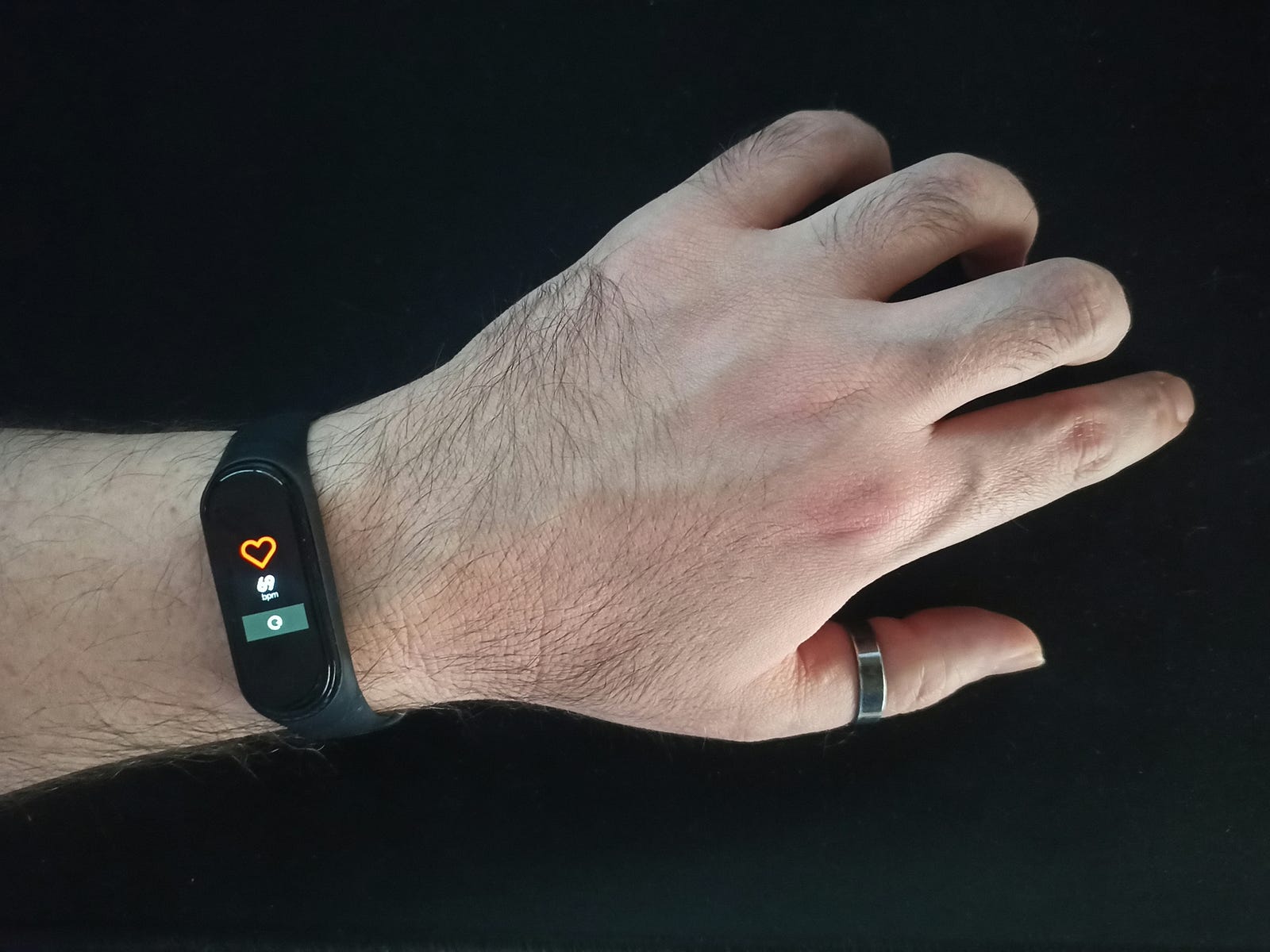Heart rate is a vital sign reflecting your health. It’s a reflection of disease risk and mortality.
The beat of our hearts isn’t just our body’s rhythm; it’s a predictor of early mortality, offering insights into cardiovascular health that we should not ignore.
We will explore the number you need to know to better understand your heart disease risk.
Today sounds like a good day for a test.
We will explore the number you need to know to better understand your heart disease risk.

Borges on Numbers
First, I want to offer the words of another individual who thought about numbers:
“He told me that in 1886, he had invented an original system of numbering and that in a few days, he had gone beyond the twenty-four-thousand mark.
He had not written it down since anything he thought of once would never be lost to him.
I think his first stimulus was his discomfort at the fact that the famous thirty-three gauchos of Uruguayan history should have required two signs and two words instead of a single word and a single sign.
He then applied this absurd principle to the other numbers.
In place of seven thousand thirteen, he would say (for example) Maximo Pérez; in place of seven thousand fourteen, The Railroad; other numbers were Luis Melián Lafinur, Olimar, sulfur, the reins, the whale, the gas, the caldron, Napoleon, Agustin de Vedia.
In place of five hundred, he would say nine.
Each word had a particular sign, a mark; the last in the series was very complicated…”
― Jorge Luis Borges, Labyrinths: Selected Stories and Other Writings.
Heart Rate and Heart Disease Risk
I have always loved numbers.
You can imagine that these immediately caught my eye:
Individuals with a heart rate above 70 beats per minute have a nearly 1.8 times higher chance of developing heart disease.
That’s the 2007 findings of an international group of researchers.
The Numbers
When you are resting, your heart pumps the lowest blood volume to supply oxygen to your body.
While a normal resting heart rate is 60 to 100 beats per minute, the range for most healthy adults is 55 to 85.

When you are at rest, your heart pumps the least blood to supply your body with oxygen.
Factors Influencing Heart Rate
However, other factors affect your resting heart rate, including the following:
- anxiety
- hormones
- medicines
- physical activity
- stress
Here are some more factors that can influence your heart rate:
- age
- fitness levels
- smoking
- air temperature
- body position (standing versus sitting, for example)
- emotions
- body size
- medicines
- cardiovascular disease, diabetes, and high cholesterol
Heart Rate and Disease
Your heart disease risk can depend on whether your heart rate is in the “normal” range of 60 to 100 beats per minute.
Here’s what you need to know:
You begin to experience an increased heart disease risk with heart rates above 75 beats per minute.
Fortunately, my heart rate averages 67 per minute. If yours is higher, don’t panic.
Before we close, I’ll give you some tricks I use to lower my heart rate and blood pressure.
A More Detailed Look at the Numbers – Heart Rate and Disease Risk
Researchers examined a random population sample of men born in 1943 in Gothenburg (Sweden).
They prospectively followed the 50-year-old subjects for 21 years.

Publishing in Cardiovascular Risk Factors and Prevention, researchers discovered this:
Subjects with a baseline resting heart rate of over 75 in 1993 had a 2.3-fold higher risk of all-cause death.

More Study Findings – Heart Rate and Disease Risk
Study participants with a stable resting heart rate between 1993 and 2003 had a 44 percent drop in cardiovascular disease risk compared with those with an increasing rate.
Moreover, every heart rate increase from 1993 appeared to be linked to a three percent higher risk for all-cause death.
Those with a rising resting heart rate also had a one percent higher risk for cardiovascular disease and a two percent higher risk for coronary heart disease.

Should You Panic?
In a word, no.
First, I describe the percent increases relative to those with a much lower heart rate.
The findings don’t mean you’re 78 percent likely to have a heart event.
But, there are some steps I am taking to see immediate improvements.
Action Items – Heart Rate and Disease Risk
Here are some of the ways that I am lowering my heart rate:
- Exercise
- Losing body fat
- Focusing on better sleep
- Lowering my stress levels (through meditation)
- Continuing to avoid tobacco (and excessive alcohol)
- I am always trying to improve my diet.

Testing Your Heart Rate
- Sit in a chair.
- Take 10 to 12 deep breaths to relax.
- Check your pulse and count the number of times your heart beats in 15 seconds.
- Multiply that number by four, and that is your resting heart rate.
Don’t Read Too Much Into the Study
I have a quibble with the study methods.
Using only a single resting heart rate value can be misleading when assessing cardiovascular risk over long periods.
Still, the research reminds me that there are things I can do to lower my cardiovascular risk (and heart rate, too).
As I have written previously, my dad died at 85 of a stroke.
I pay attention to research such as this.
Thank you for reading “Heart Rate and Disease Risk. Did you sign up to follow this blog? Thank you! Read more pieces by hitting the HOME button at the top of this page.




